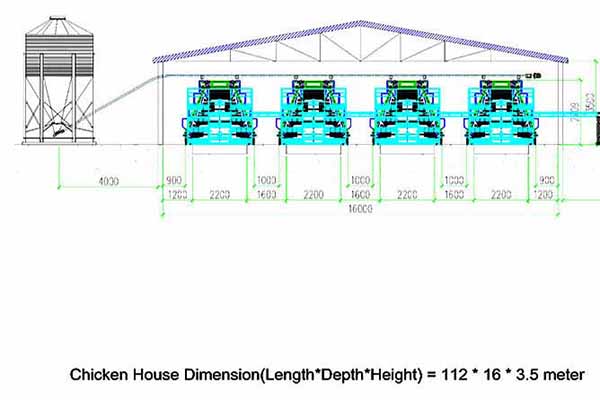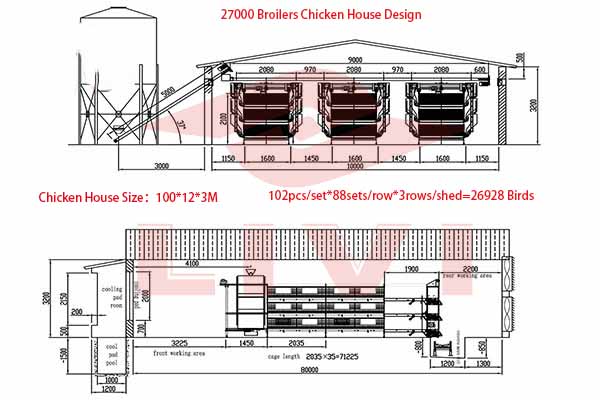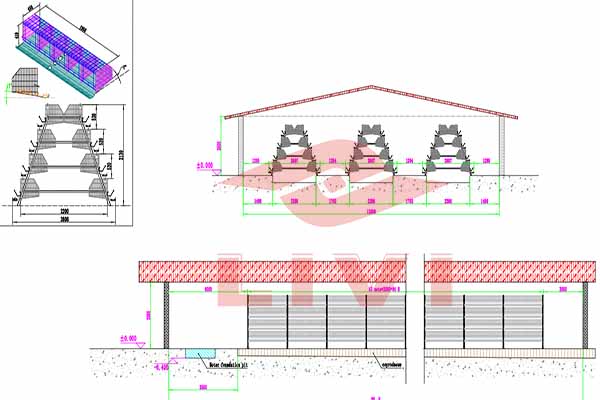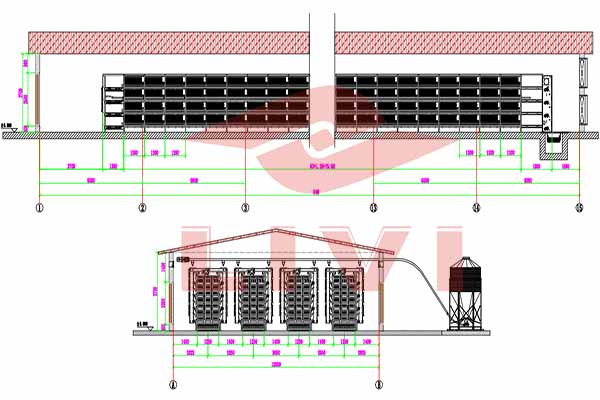Automatic Broiler Feeding and Drinking System: Revolutionizing Poultry Farming Efficiency
In the fast-paced world of poultry farming, efficiency and automation are key to staying competitive. One such innovation is the automatic broiler feeding and drinking system, which has become a game-changer for chicken farmers looking to maximize productivity and reduce labor costs. This article delves into the benefits and features of these systems, making it an essential read for both poultry farming equipment buyers and investors.
The Benefits of an Automatic Feeding and Drinking System
- Increased Efficiency: Automation reduces the need for manual labor, freeing up time for farm managers to focus on other crucial tasks.
- Consistent Feed and Water Supply: The system ensures that every bird receives the correct amount of feed and water, leading to better health and growth rates.
- Cost Reduction: By minimizing labor costs and reducing feed waste, these systems can significantly lower operational expenses.
- Animal Welfare: The precise control over feeding and water supply helps in providing a healthier environment for the birds, enhancing their welfare.
Key Features of Automatic Broiler Feeding and Drinking Systems
Modern automatic broiler feeding and drinking systems come with a range of features that cater to the needs of large-scale poultry farms. Here’s a breakdown of some essential components:
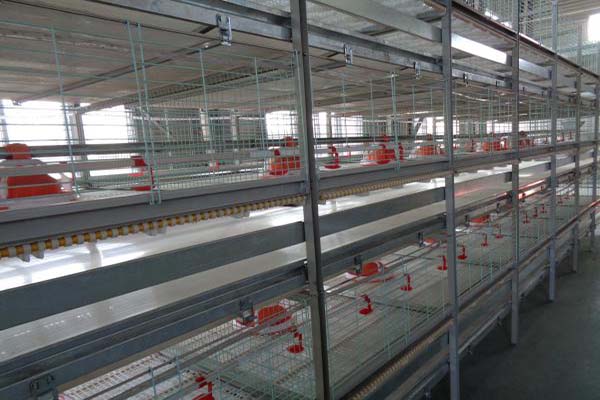
- Feeding Systems: These include auger feeders, belt feeders, and chain feeders, each designed to handle different feed types and quantities.
- Drinking Systems: Automatic watering systems can be in the form of cup feeders, nipple drinkers, or water misters, ensuring continuous hydration for the birds.
- Control Panels: Advanced control panels allow for precise adjustments and monitoring of the feeding and drinking cycles.
- Integrated Sensors: Sensors can detect the weight of feed and water levels, ensuring optimal nutrition and hydration.
- Remote Monitoring: With the advent of technology, many systems can be remotely monitored, allowing for real-time adjustments and problem-solving.
Case Studies and Statistics
Let’s look at a few data points that highlight the impact of automatic feeding and drinking systems on poultry farming:
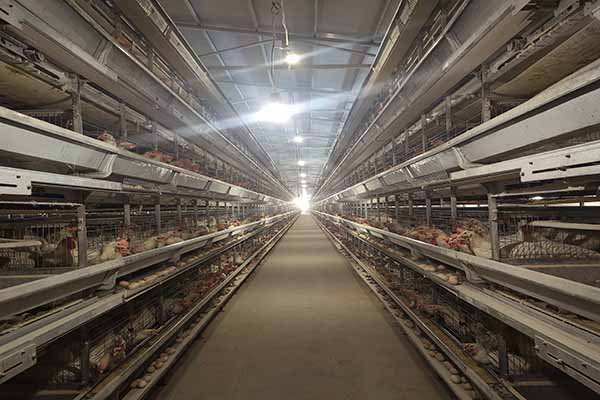
| Factor | Comparison |
|---|---|
| Feeding Efficiency | Traditional systems: 85-90%, Automatic systems: 95-100% |
| Water Consumption | Traditional systems: 2.5-3 gallons per bird per day, Automatic systems: 2-2.5 gallons per bird per day |
| Production Costs | Traditional systems: $0.10-$0.15 per bird per day, Automatic systems: $0.07-$0.10 per bird per day |
These statistics clearly demonstrate the advantages of implementing an automatic feeding and drinking system in a poultry farm.
Investing in Poultry Farming Equipment: What to Consider
When considering the investment in poultry farming equipment, it’s crucial to evaluate factors such as the scale of your operation, initial costs, and long-term savings. Here’s a list of essential considerations:
- Farm Size: The scale of your farm will determine the type and capacity of the feeding and drinking systems required.
- Budget: While investing in automation can seem costly, the long-term savings in labor, feed, and water make it a worthwhile investment.
- Reliability: Choose a reputable manufacturer with a track record of producing reliable and efficient poultry farming equipment.
- Training: Ensure that your staff is adequately trained to operate and maintain the new systems.
Investing in the right automated systems for your farm can lead to substantial improvements in efficiency and profitability.
For a more detailed analysis of your poultry farming equipment needs and to get a free design proposal and equipment quote, please feel free to leave us a comment below or contact LIVI Machinery today.
